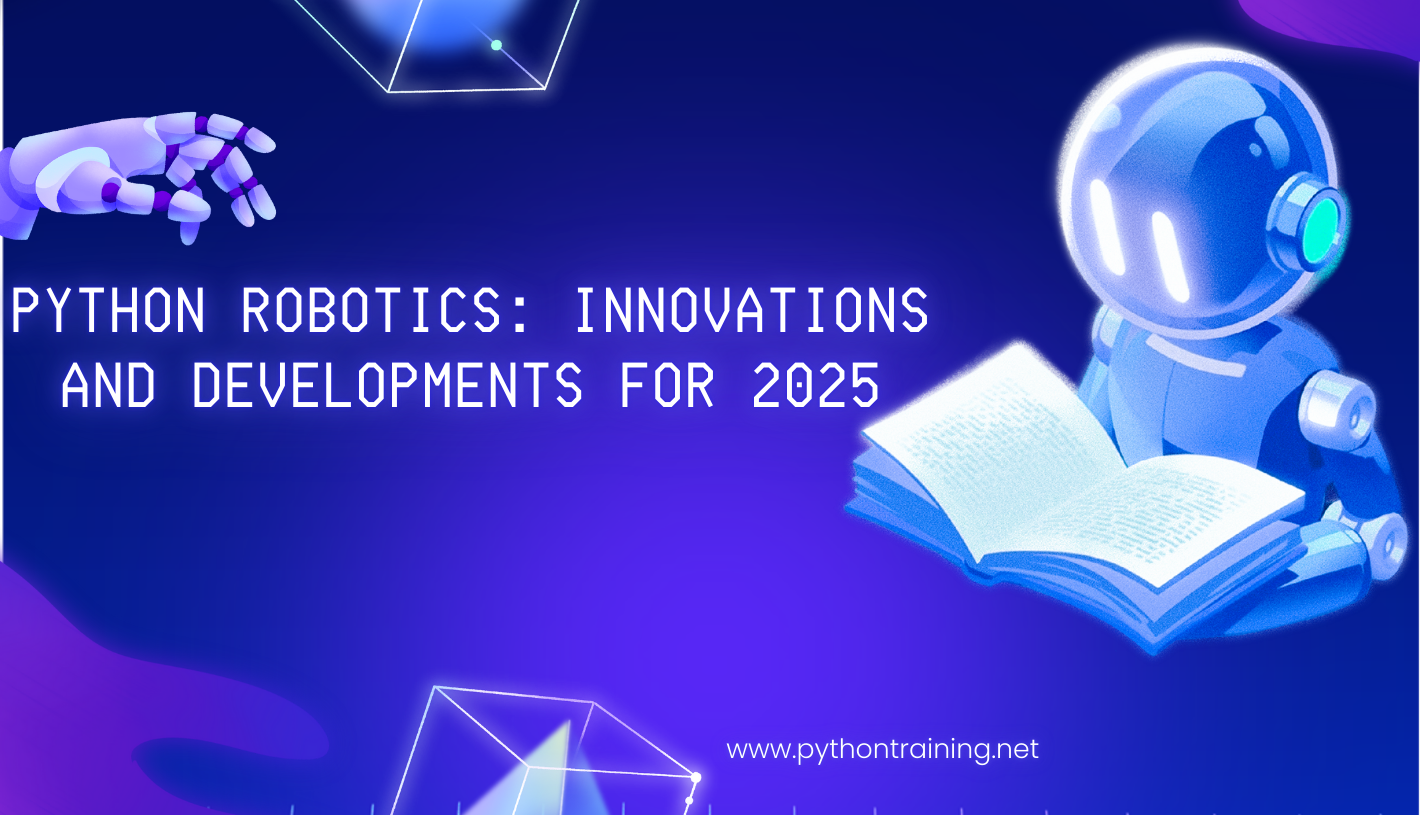Python Robotics: Innovations and Developments for 2025
Python has emerged as a powerful programming language, not only in web development and data analysis but also in the field of robotics. With its simplicity and versatility, Python has become a popular choice for building intelligent robots and automation systems. In this article, we will explore the innovations and developments in Python robotics for the year 2025.
Introduction to Python Robotics
Python is a high-level programming language known for its simplicity, readability, and extensive libraries. In recent years, Python has gained significant traction in the field of robotics. It provides a user-friendly environment for developing robot control systems, perception algorithms, and AI integration.
Advantages of Using Python in Robotics
Python offers several advantages for robotics development:
Ease of Use
Python’s clear and concise syntax makes it easy to understand and write code, even for beginners.
Large Community
Python has a vast and active community of developers who contribute to open-source libraries, frameworks, and tools for robotics.
Extensive Libraries
Python provides numerous libraries such as NumPy, SciPy, and OpenCV, which simplify complex tasks like mathematical computations, scientific simulations, and computer vision.
Interoperability
Python can seamlessly integrate with other programming languages, making it suitable for building heterogeneous robotic systems.
Rapid Prototyping
Python’s versatility and ease of use enable quick prototyping and experimentation, accelerating the development cycle.
Python Libraries for Robotics
Python offers a wide range of libraries specifically designed for robotics, including:
- PyRobot – An open-source library by FAIR that simplifies robotics development.
- ROSPy – A Python client library for ROS, enabling modular robotic systems.
- Pygame – Useful for simulations and virtual environment testing.
- Pypot – Great for controlling robots and visualizing movements.
- PySerial – Facilitates communication between robots and external hardware.
Robot Operating System (ROS) and Python
ROS is a widely used middleware in robotics. Python, being one of its core languages, is essential for ROS development. Developers can build scalable and distributed robotic systems by using ROS and Python together.
Python Frameworks for Robot Control
Notable Python frameworks used in robotic control systems include:
- PyTorch – Ideal for deep learning-based robotic intelligence and perception.
- TensorFlow – Suitable for AI models focused on planning and behavior control.
- Gazebo – A robotics simulator with Python support for testing and validation.
Machine Learning and Artificial Intelligence in Robotics
AI integration is one of the most exciting developments in robotics. Python, with libraries like Scikit-learn, Keras, and PyTorch, makes it easier to embed machine learning algorithms into robots. These robots can analyze data, learn from it, and respond intelligently to their surroundings.
Computer Vision and Python Robotics
Computer vision allows robots to see and understand their environment. Libraries like OpenCV empower Python developers to integrate real-time visual capabilities such as object detection, tracking, and gesture recognition.
Simulations and Testing in Python Robotics
Simulation environments like Gazebo, Webots, and V-REP help developers test their robotic systems safely and cost-effectively. Python’s support for these tools allows engineers to build and refine solutions before real-world implementation.
Real-World Applications of Python Robotics
Python-powered robotics is transforming various industries:
- Industrial Automation – Used for precision assembly, welding, and inspection.
- Agriculture – Enables crop monitoring and automated farming.
- Healthcare – Robots assist in surgery, therapy, and diagnostics.
- Logistics – Used in warehousing, inventory, and delivery systems.
- Education and Research – Ideal for learning, prototyping, and academic projects.
Challenges and Future Directions
While Python continues to thrive in robotics, challenges remain:
- Real-Time Performance – Python is still not the fastest language for time-sensitive applications.
- Safety and Security – Autonomous systems must guard against cyber threats.
- Hardware Integration – Python needs better native support for some hardware platforms.
- Ethical and Legal Considerations – As robots become more autonomous, governance will be key.
Conclusion
Python remains at the forefront of robotics innovation in 2025, with its ease of use, extensive libraries, and strong community support. Whether it’s AI integration, vision systems, or robot control, Python continues to drive the next wave of robotic evolution.
FAQs
How can I get started with Python robotics?
Start with online courses, tutorials, and documentation. Hands-on kits and Python-based robotics platforms are great for learning.
Can I use Python for controlling real robots?
Yes, though it’s essential to manage real-time performance and hardware support requirements.
Are there any limitations to using Python in robotics?
Python can be slower than compiled languages like C++, especially for time-critical tasks. Use it alongside other languages when needed.
Can I combine Python with other programming languages in robotics?
Absolutely. Python supports integration with C/C++, Java, and more for performance-critical tasks.
What are some popular Python libraries for robotics?
Popular ones include PyRobot, ROSPy, OpenCV, Pypot, and PySerial.
